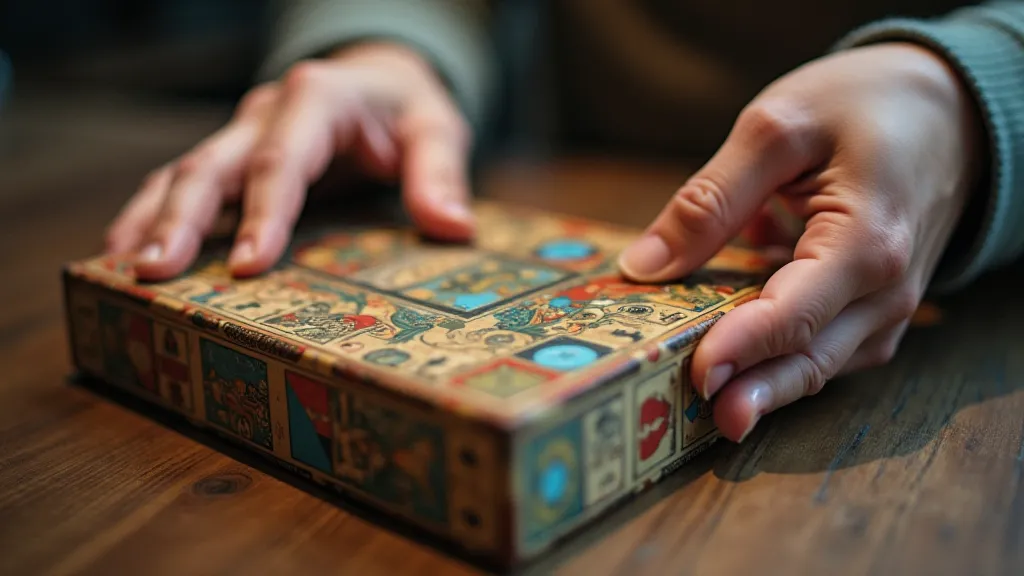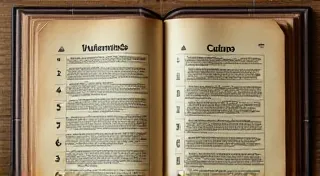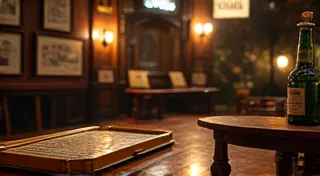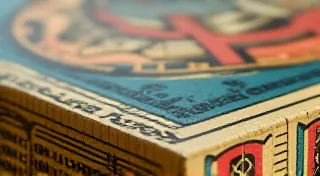The Rise of Game Collecting: Why Vintage Board Games are a Growing Investment
For years, collecting vintage board games was a niche hobby, enjoyed by enthusiasts with a nostalgic love for classic titles. However, a fascinating shift is underway. Increasingly, game collecting is evolving into a viable, and sometimes surprisingly lucrative, investment opportunity. While not every dusty box in your attic is a goldmine, understanding the trends and factors driving demand can help you navigate this exciting world.
Why the Sudden Interest? Factors Driving Demand
Several key factors are contributing to the rising popularity and value of vintage board games:
- Nostalgia & Pop Culture: A wave of nostalgia is sweeping across generations. Many adults who grew up playing classic board games want to relive those cherished memories, leading to a strong demand for original copies. Pop culture references in movies and TV shows can also trigger sudden spikes in interest for specific titles.
- Limited Supply: Many vintage board games were produced in limited quantities, especially those from the mid-20th century. Production runs were often dictated by predicted popularity, and subsequent reprints were rare. This scarcity inherently drives up value as demand increases.
- A Tangible Alternative to Digital Entertainment: In a world dominated by digital entertainment, collecting vintage board games offers a unique, tactile experience. The appeal of owning and playing a piece of history is strong.
- Growing Recognition as a Collectible Asset: More and more people are recognizing vintage board games as a tangible asset, comparable to stamps, coins, or comic books. They offer diversification from traditional investment options.
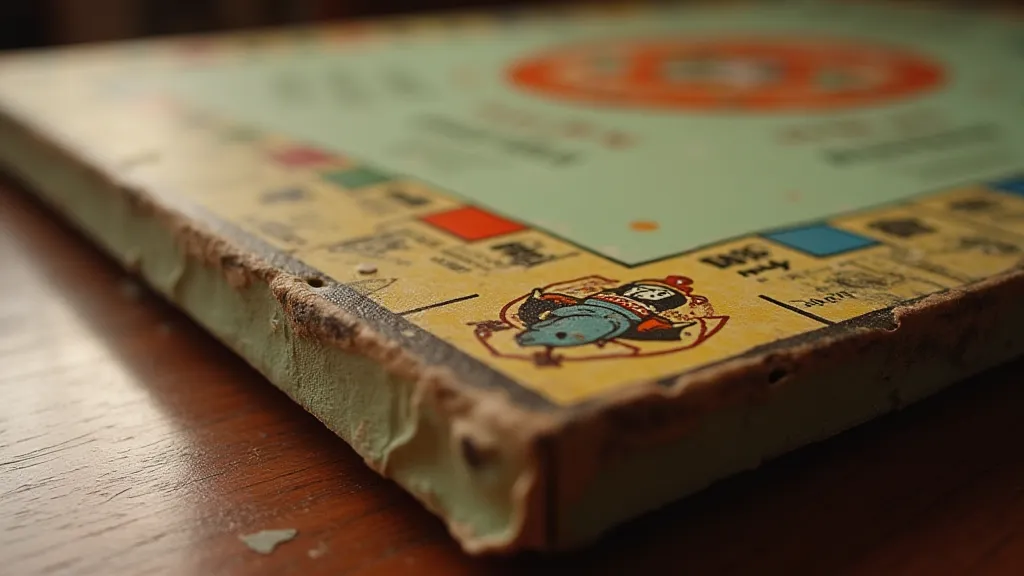
Key Trends in Vintage Board Game Collecting
Several trends are shaping the current market:
- Emphasis on First Editions & Original Components: Collectors prioritize first editions and games with all original components – the box, game board, playing pieces, and instructions. Missing or replaced pieces significantly reduce value.
- Demand for Iconic Titles: Games like Monopoly, Clue (Cluedo), Scrabble, and Risk consistently command high prices, especially in exceptional condition.
- The Rise of “Unboxed” Games: While complete, boxed games are highly desirable, even games that have been played (and are sometimes referred to as “unboxed”) can still be valuable, particularly if they feature rare or sought-after components.
- Condition is King: As with any collectible, condition is paramount. Games in “mint” or near-mint condition command the highest prices. However, even games in fair condition can have value due to rarity.
What to Look For: Identifying Potentially Valuable Games
Not all vintage board games are created equal. Here’s what to consider when assessing potential value:
- Research the Edition: Different editions of the same game can have vastly different values. Knowing the specific edition and its production year is crucial.
- Check for Identifying Marks: Manufacturers often stamped games with identifying marks indicating production year, factory, or other details. These marks can be vital for accurate identification.
- Assess Completeness: Determine if all components are present and original. A missing die can make a difference!
- Evaluate Condition: Carefully inspect the box, game board, and other components for wear and tear.
- Consult Price Guides and Online Marketplaces: Research current market values on eBay, online auction sites, and dedicated board game collecting forums.

The Future of Vintage Board Game Collecting
The vintage board game market appears poised for continued growth. As long as nostalgia remains a powerful force and original copies remain scarce, demand will likely persist. However, it's vital to remember that collecting is ultimately a passion. While the potential for investment is real, the joy of owning and appreciating these pieces of gaming history should be the primary motivation. Do your research, be patient, and enjoy the journey!
